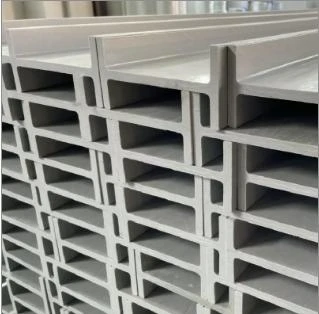loading...
- No. 9, Xingyuan South Street, Dongwaihuan Road, Zaoqiang County, Hengshui, Hebei, China
- admin@zjcomposites.com
- +86 15097380338
- Welcome to visit our website!
Advancements in FRP Pile Technology for Enhanced Structural Performance and Sustainability
The Significance of FRP Piles in Modern Construction
Fiber-Reinforced Polymer (FRP) piles represent a significant advancement in the field of civil engineering and construction. Due to their unique properties and enhanced performance characteristics, FRP piles are increasingly becoming a preferred choice in various applications, particularly in regions prone to harsh environmental conditions. This article explores the benefits, applications, and future potential of FRP piles in modern construction.
What are FRP Piles?
FRP piles are structural elements made from composite materials, primarily consisting of a polymer matrix reinforced with fibers, such as glass or carbon. This composition results in a lightweight, high-strength product that offers an excellent alternative to traditional materials like concrete and steel. The unique blend of properties inherent to FRP, including corrosion resistance, high tensile strength, and reduced weight, makes it suitable for numerous eco-sensitive applications.
Advantages of FRP Piles
1. Corrosion Resistance One of the primary benefits of FRP piles is their exceptional resistance to corrosion. Unlike steel, which is susceptible to rust, or concrete, which can deteriorate when exposed to harsh chemicals, FRP remains intact even in highly corrosive environments, such as marine settings or industrial sites. This property greatly extends the lifespan of the piles, thereby reducing maintenance costs.
2. Lightweight The lightweight nature of FRP piles simplifies installation and transportation. Traditional piles, usually made of concrete or steel, often require heavy machinery for handling, which can complicate logistics and increase costs. With FRP, construction teams can work more efficiently, particularly in locations with limited access or where heavy lifting equipment cannot be used.
3. High Strength-to-Weight Ratio FRP piles offer an impressive strength-to-weight ratio, providing significant load-bearing capacity without the associated weight of traditional materials. This advantage enables designers to engineer structures that are both strong and sustainable, minimizing the amount of material needed while maximizing structural integrity.
4. Environmental Impact The use of FRP piles can contribute to greener construction practices. Their durability and resistance to degradation mean that structures can last longer without needing replacement. Furthermore, FRP is often manufactured with lower energy input compared to conventional materials, thereby reducing the overall carbon footprint of construction projects.
frp piles

Applications of FRP Piles
FRP piles find applications in a variety of scenarios, including
- Marine Structures Their resistance to saltwater corrosion makes FRP piles ideal for docks, piers, and waterfront structures. The longevity of these materials reduces the need for frequent repairs and replacements, making them economically advantageous for port authorities.
- Bridges Increasingly, FRP piles are being used in bridge construction due to their lightweight nature and strength. They allow for longer spans and reduce overall structural weight, which can enhance the functionality and aesthetics of modern bridges.
- Foundation Systems FRP piles are increasingly being utilized in foundation systems, particularly in areas prone to soil erosion or adverse conditions. Their resistance to moisture and chemical attacks ensures stability and safety in various environmental contexts.
- Retaining Walls and Elevated Structures As urban environments continue to expand, the use of FRP piles for retaining walls and supporting elevated structures has gained traction, offering a robust solution to complex engineering challenges.
Future Potential
As sustainability becomes an essential consideration in construction, the future of FRP piles looks bright. Innovations in manufacturing techniques and material properties are continually emerging, enhancing their performance and expanding their applications. With advances in technology, designers and engineers are likely to find even more ways to incorporate FRP piles into future construction projects, paving the way for safer, more durable, and environmentally friendly structures.
In conclusion, FRP piles represent a transformative approach to foundational support in construction, offering numerous advantages that cater to modern needs. Their exceptional properties make them a compelling alternative to traditional materials, enhancing the resilience and sustainability of infrastructure projects around the globe. As the industry continues adopting innovative materials like FRP, we can expect even greater advancements in construction methodologies and practices.
-
The Power of Filter VesselsNewsMay.19,2025
-
The Benefits of FRP WalkwaysNewsMay.19,2025
-
The Benefits of FRP Vessels: 1054 FRP VesselNewsMay.19,2025
-
FRP Pressure Vessels: Leading the Way in Innovation and ReliabilityNewsMay.19,2025
-
Explore the Benefits of FRP Grating for Your Industrial NeedsNewsMay.19,2025
-
Discover the Advantages of GRP GratingsNewsMay.19,2025
-
Revolutionary Modular Handrail Systems Redefine Safety StandardsNewsMay.15,2025
